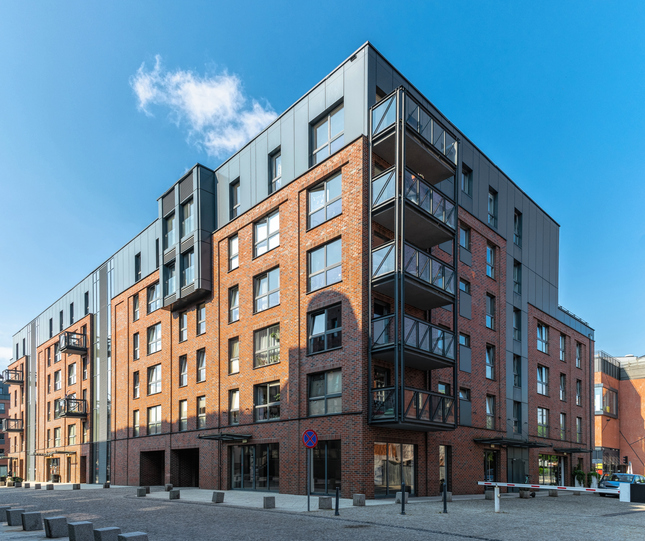
The Building Safety Act 2022 (“BSA”) was introduced in response to the Grenfell Tower fire in 2017 to ensure that building regulations, and other requirements, are being complied with to ensure the safety of buildings. The four key elements introduced by the BSA are as follows:
- Gateway process – this ensures that new higher risk buildings are constructed safely and in compliance with Building Regulations. The definition of a higher risk building is separated into two categories:
- During the construction phase, a higher risk building shall be a building at least 18 metres in height or at least 7 storeys high, and which contains at least 2 residential units or is a care home or hospital;
- During occupation, a higher risk building shall be a building at least 18 metres in height or at least 7 storeys high, and which contains at least 2 residential units. A care home or hospital will not be regarded as a higher risk building if it is no longer under construction and is occupied.
- Accountable persons – if a building is categorised as being a higher risk building, the accountable person will be designated as being responsible for the safety of the building once occupied;
- Golden thread system – this keeps all safety critical information relating to a higher risk building in one place;
- Building safety risks – landlords have been restricted from placing the cost of remedying certain building safety risks through the service charge. Building safety risks include any risks to the safety of people which have arisen from a building collapsing, or the spread of fire.
BSA and Leases
Tenants under residential tenancies appear to have more protections given to them by the BSA compared to that of tenants of commercial leases. However, the BSA affords the following protection to a tenant under a commercial lease of a mixed use, relevant building:
- No service charge will be payable for remedying a relevant defect if the landlord was responsible for that defect as at 14 February 2022. A relevant defect is a building defect that arises from something done or not done in connection with relevant works causing a building safety risk.
Tenants under commercial tenancies of a mixed-use property also have a right to apply to the First Tier Tribunal for a remediation order or remediation contribution order, as detailed below:
- A tenant can apply for a remediation order requiring the landlord to remedy a relevant defect within a specified time frame (if they have a relevant repairing obligation); and
- A tenant can apply for a remediation contribution order. This means that a body corporate or partnership would need to make payments to a specified person to meet the costs incurred in remedying relevant defects of a relevant building.
If a corporate landlord of a relevant building is being wound up, an insolvency practitioner can apply to the court for an order requiring associated corporate bodies etc to make payments if there are relevant defects relating to the building which the corporate landlord is under an obligation to remedy (as per the lease).
BSA and CPSEs
As you may have noticed, the BSA is commonly being mentioned during the initial stages of commercial property transactions, by way of the Commercial Property Standard Enquiries. The aim of raising enquiries in the CPSEs is for buyers to obtain any information or documentation which is not easily accessible in relation to higher risk buildings, such as if the seller is aware of any defects to the building or if there are any remediation works to be undertaken.
If you require any assistance on the development or sale of a commercial property which may fall within the definition of a higher risk building, then please contact BHW’s Commercial Property team.
Categorised in: Commercial Property, News
Tags: Building Regulations, Building Safety Act, Commercial Property